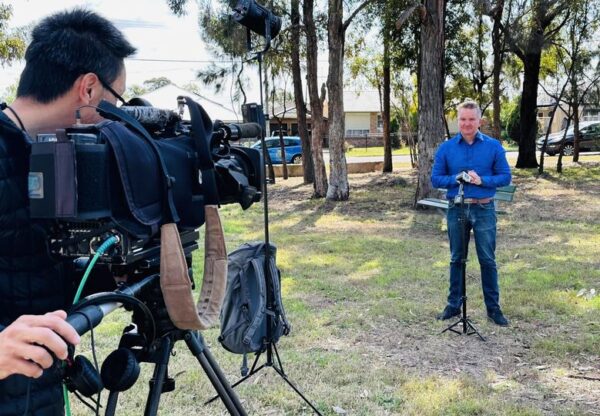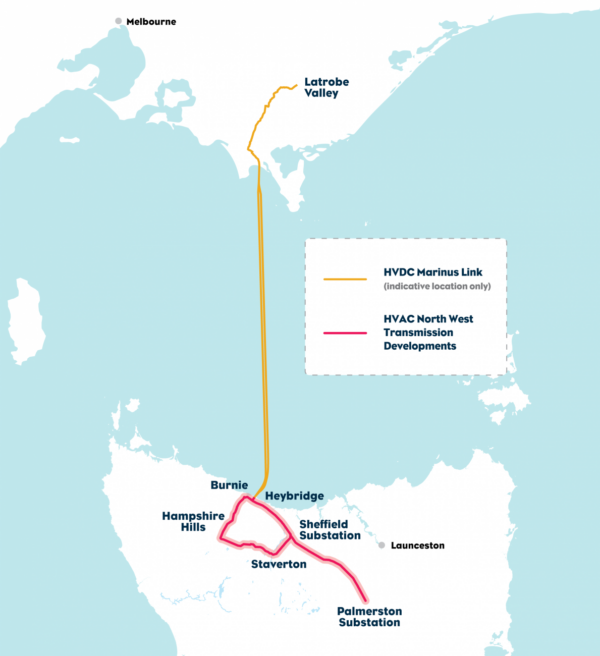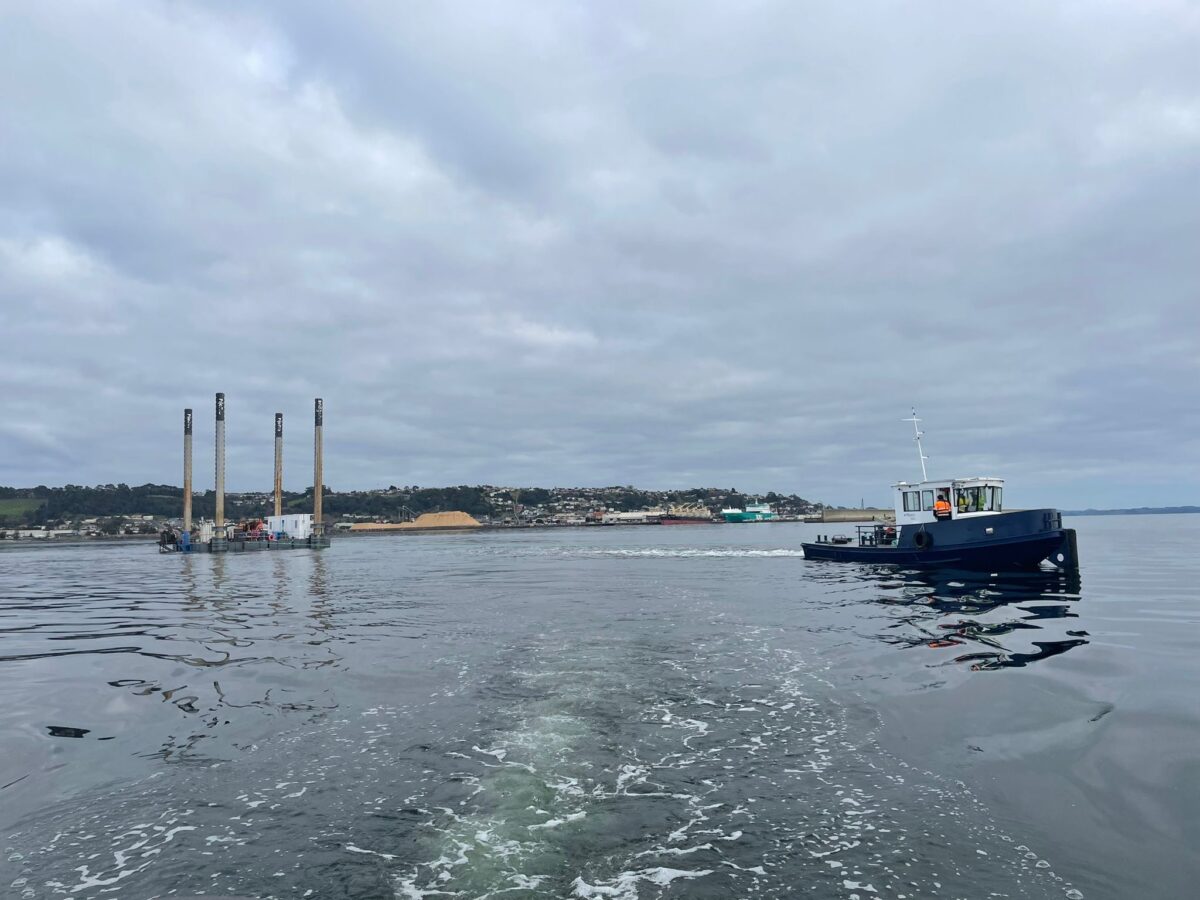With project costs soaring, the Australian, Tasmanian and Victorian governments have announced a new funding deal that will keep the multi-billion-dollar Marinus Link project “plugged in” but the project will now prioritise the delivery of just one 750 MW subsea transmission cable.
The Marinus Link interconnector was to comprise two 750 MW high voltage direct current (HVDC) undersea cables stretching from Burnie in northwest Tasmania to the Latrobe Valley in Victoria, giving the mainland greater access to Tasmania’s Battery of the Nation renewable energy projects.
The project was originally priced at between $3.1 billion (USD 2 billion) and $3.8 billion but recent estimates have put revised costs at more than $4 billion while the Tasmania government has suggested the final price tag could rise to as much as $5.5 billion.
The surge in costs had prompted a warning from the Tasmanian government that it wouldn’t fund the project at “any price”, casting doubt over the future of the interconnector.

Image: Chris Bowen
Federal Energy Minister Chris Bowen said at the weekend that his government had reached a new funding deal with Tasmania under which the Commonwealth would increase its share in the joint venture entity to 49%.
Bowen said the agreement would ensure that the “game-changing” project will proceed.
“The Marinus Link is an important project for Australia’s renewable transformation and a vital project for Tasmania as well as the mainland,” he said. “And today, the Albanese government is stepping up and making sure this project becomes a reality.”
The new funding arrangements will see the Commonwealth’s equity share climb from 33.3%, while Tasmania’s share has dropped by almost half to 17.7% and Victoria’s has remained at 33.3%. Tasmania will have the option to sell its stake to the Commonwealth once the project is commissioned.
The new agreement has also seen the scope of the project scaled back with Bowen noting that Marinus Link will now “focus on one cable in the first instance, with cable two negotiations to continue and be considered as part of final investment decision making.”
Marinus Link is working towards a final investment decision by the end of 2024 with the cable expected to be built by 2028 or “earlier is possible.”

Updated economic analysis indicates that delivering the single cable will still cost in the range of $3 billion to $3.3 billion with Bowen pointing to rising equipment costs and supply chain challenges as key factors in the price increase.
“But we’re not going to let that get in the way of getting the job done, because it’s so important for renewable energy,” he said. “It’ll create energy security for Tasmania, and it’ll mean a big step forward in our plans to bring the entire energy grid to 82% renewables.”
Marinus Link Chief Executive Officer Caroline Wykamp said the project “will deliver more renewable generation development in Tasmania and the mainland, more energy security to both Tasmania and the mainland and more movement and access to lower-cost renewable energy sources, helping deliver lower energy costs in the long term.”
Wykamp said modelling showed the majority of the economic benefits associated with the Marinus Link project would be realised from the first cable.
“The first stage of the cable, which we are prioritising while negotiations continue for the second stage, will deliver 75% of the gross market benefits and more than 60% of the economic benefits,” she said. “That’s more than $2 billion in economic stimulus and more than 2,400 jobs, particularly in regional areas such as the northwest of Tasmania and Gippsland in Victoria.”
Marinus Link is currently undertaking a global tender process for HVDC cables and converter stations as it works towards a final investment decision.
This content is protected by copyright and may not be reused. If you want to cooperate with us and would like to reuse some of our content, please contact: editors@pv-magazine.com.









By submitting this form you agree to pv magazine using your data for the purposes of publishing your comment.
Your personal data will only be disclosed or otherwise transmitted to third parties for the purposes of spam filtering or if this is necessary for technical maintenance of the website. Any other transfer to third parties will not take place unless this is justified on the basis of applicable data protection regulations or if pv magazine is legally obliged to do so.
You may revoke this consent at any time with effect for the future, in which case your personal data will be deleted immediately. Otherwise, your data will be deleted if pv magazine has processed your request or the purpose of data storage is fulfilled.
Further information on data privacy can be found in our Data Protection Policy.